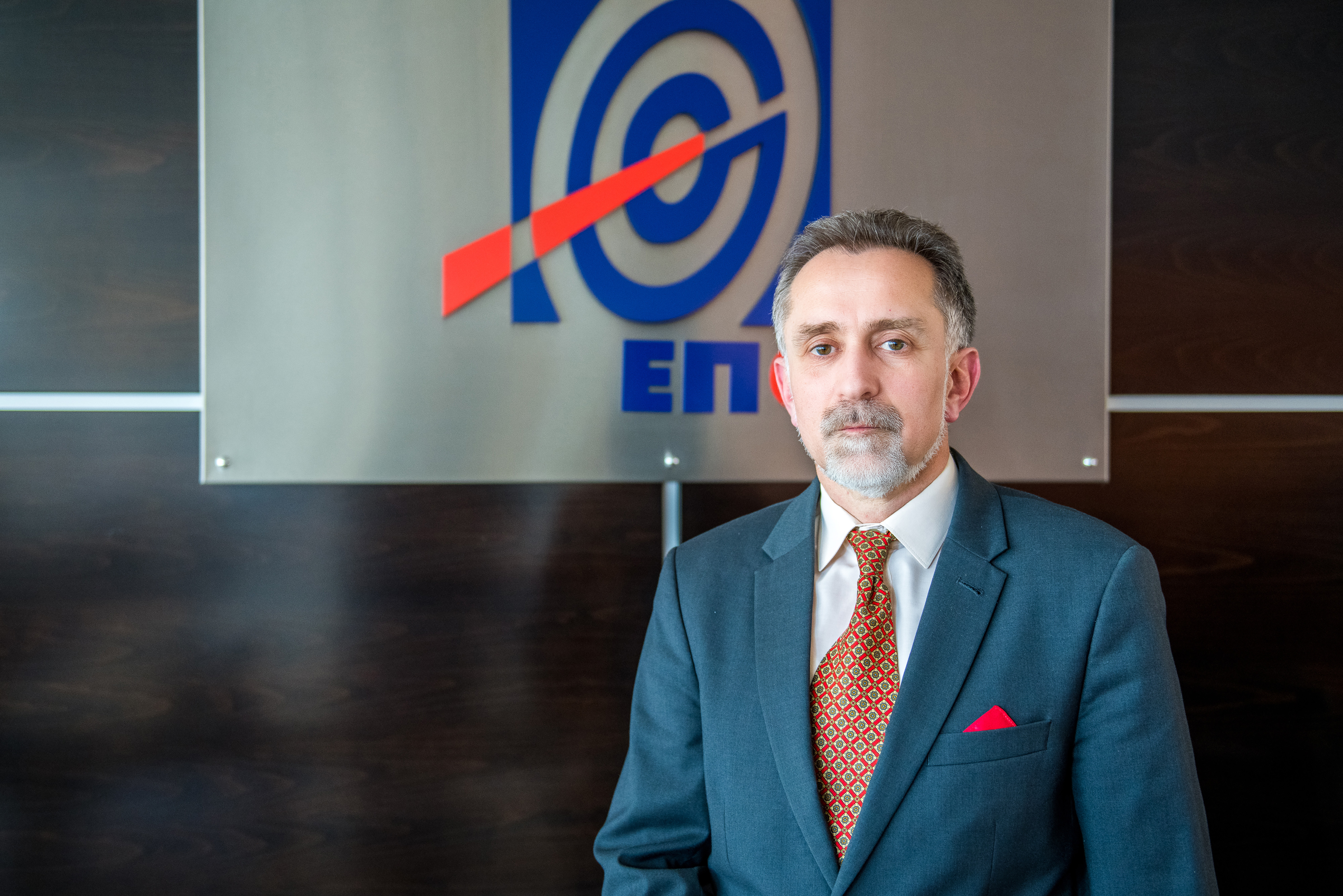
Due to the extraordinary efforts of its employees, primarily in coal and electricity production, Electric Power Industry of Serbia managed to stabilize its operations during 2022 and is ready for winter, with occasional electricity exports. In December, EPS exported electricity at the level of EUR 16.4 million - said Dr Vladimir Šiljkut, business system advisor to the director of EPS.
He noted that exports under current market prices were also quite significant to facilitate financial recovery of EPS that was rather poor due to December 2021 events. He also stated that the 2022 drought was unprecedented in the past three centuries, making the said year bad hydrology-wise. The Danube was at its lowest level for 32 years, consequently, throughout the year, production of EPS hydropower plants was worse than expected and average, while HPP generation was 30 percent lower. Under the current improved hydrology, satisfactory operation of hydropower plants was made possible.
Mr. Šiljkut notes that EPS will continue to stabilize in 2023, primarily when it comes to maintaining coal and electricity production. When it comes to EPS long term actions and plans, he says that EPS has to implement government policy, whereby its plans have been aligned accordingly, without losing sight of the future.
- By investing their own efforts, in June, EPS experts prepared EPS development projections, considering the undertaken EU emissions reduction obligations - said Mr. Šiljkut. - The document entitled EPS Green Road foresees the number of coal-fired capacities to remain in operation by 2035, obsolete power plants to be decommissioned, together with EPS green energy investments. Without plants such as the future pumped-storage hydropower plant Bistrica, EPS green road would not be possible. For this reason, the second development stage of investment technical documents for this project is under way. We expect that this will be completed by late 2023, followed by design documents preparation, construction and grid connection of PSHPP Bistrica by 2031 at the latest.
Mr. Šiljkut says that construction of the 66 MW wind farm Kostolac is in progress, while wind farms Stisko Polje 1 and 2, 500 MW each, are planned for the same area. He also said that development of some solar power plants was planned on ash disposal sites of thermal power plants Kolubara A and Morava, once they have been decommissioned, as well as on some ash disposal cassettes of TPP Nikola Tesla. The first one to be completed is a small 10 MW solar power plant in the Kostolac area. It is expected that trial operation of the new B3 unit in TPP Kostolac B will start by June 2023, while its grid connection is planned from September.
- We are talking about a 350 MW unit. We have secured fuel for this new unit, which will be ready for the next winter season, for which many believe to be more critical than the current one - said Mr. Šiljkut.
Mr. Šiljkut also explained that the EPS Scientific Council was established to allow members of the academia, faculties and institutes to assist in recognizing what is strategically applicable in Serbia when it comes to the green road, while the EPS Technical Council has evolved from a temporary to a permanent body. A Scientific Committee for Technical Innovations was also formed, to deal with specific innovative solutions.
Mr. Željko Marković, leader of the energy and resources sector at the Deloitte Serbia, said that the EPS situation is much better than a year ago, but that a lot still needs to be done to get back on solid ground.
- Implementation of short-term measures by the new EPS management led to the stabilization of this company - said Mr. Marković. – Coal imports resulted in improved production quality; better system operation and trading made EPS an electricity exporter in December. Gas-fired power plants also contributed to stability, while the market price of gas was more favourable than the electricity price.
Mr. Marković expects that Miroslav Tomašević, acting director of EPS, will keep his promise in the future and that efforts will be made to further improve the situation and make it even more stable. He says that in 2023, the restructuring of EPS should take place, efficiency should be improved and operating costs reduced, while other long-term measures include new investments and pivoting towards renewable energy sources.
When it comes to the future of coal-fired power capacities, Mr. Marković says that EPS has started overburden removal on the new fields and it is working towards improving thermal power plant efficiency. He points out that Serbia must have a strategy on how to do this in the best way possible in the coming 20 to 30 years and that the transition should be fair to the workers of the Kolubara and Drmno mines, without them falling victim to this process.
